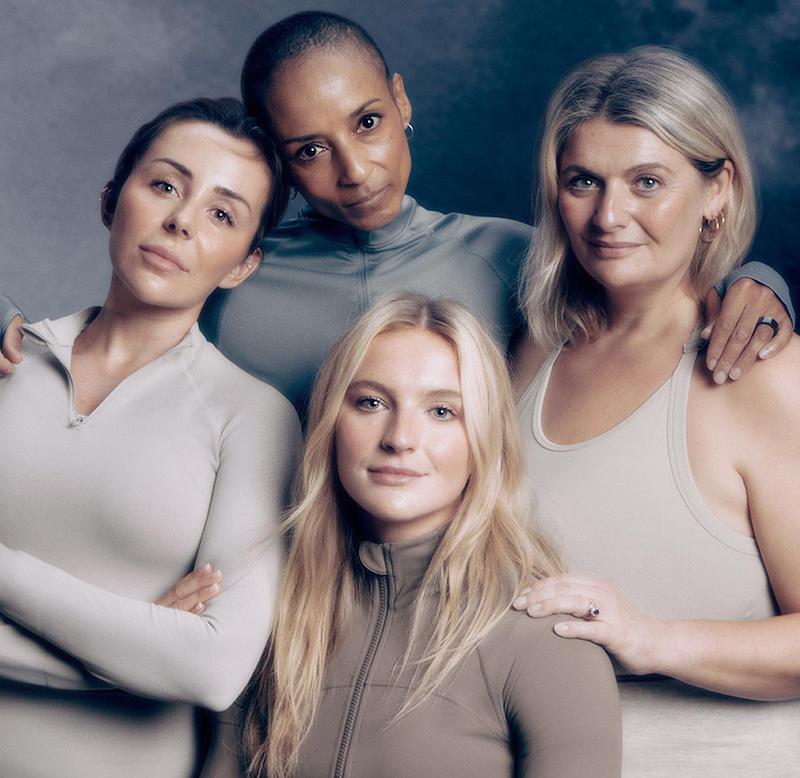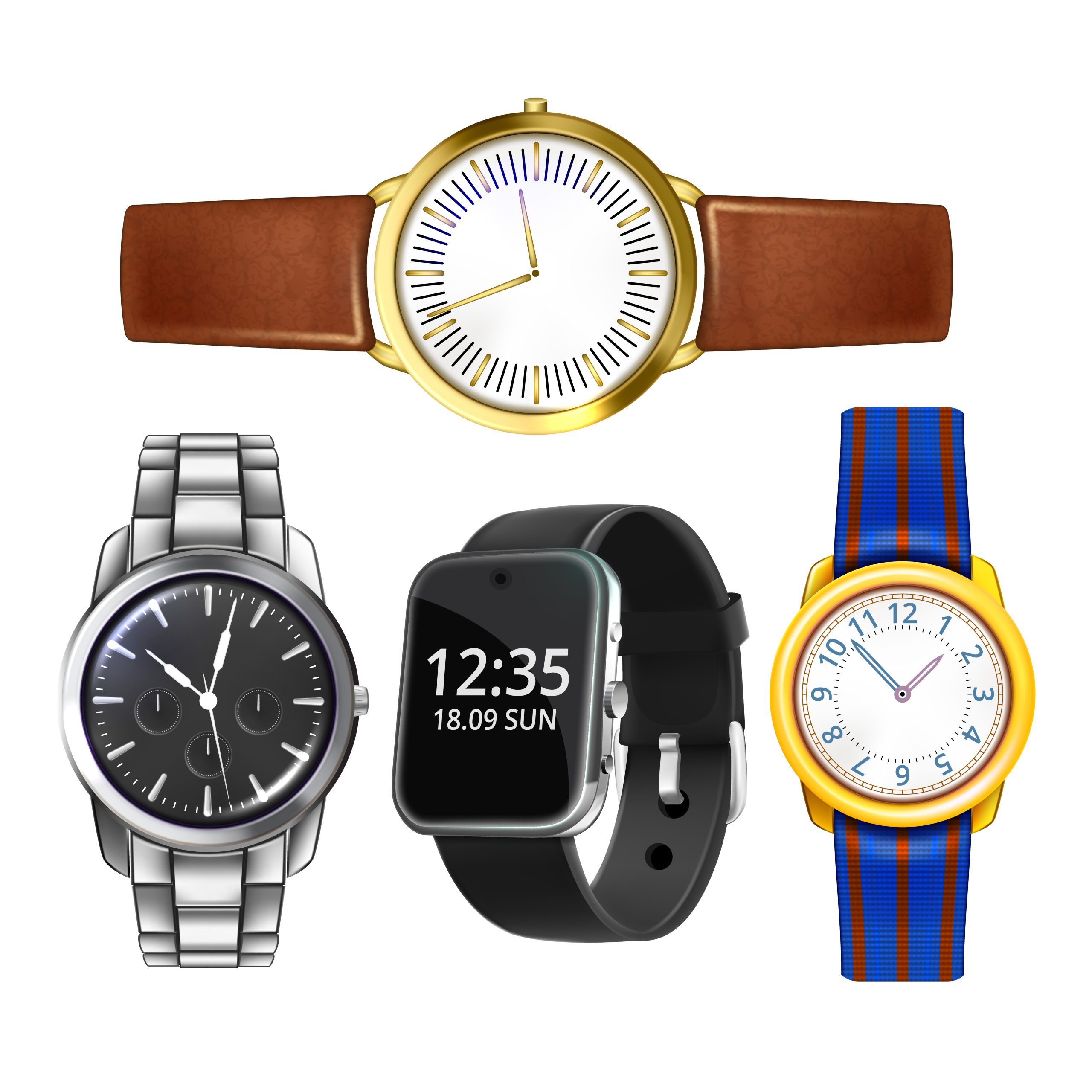Gap Inc.-owned Old Navy has partnered with technology platform Radar, to track and locate in-store inventory real-time through a combination of RFID, AI and computer vision.

Gap Inc.-owned Old Navy partners with technology platform Radar, to track in-store inventory real-time
Old Navy is strengthening its retail operations through a multi-year partnership with technology firm Radar. This alliance aims to implement AI-powered RFID technology across all U.S. Old Navy stores in order to optimise inventory management.
“We’re excited to partner with Radar, which offers a sophisticated platform and analytics that will give our teams greater real-time inventory visibility to provide an even better in-store shopping experience,” said Old Navy President and CEO Haio Barbeito. “Building on the rigour and discipline that is now core to how we operate, this new technology can place power in the hands of our frontline teams to better serve our customers.”
“This partnership brings proven capabilities that can generate value over time as we take a strategic, multi-year approach to merging technology and retail to deliver a human-centered, digitally led shopping experience,” added Gap Inc. Chief Technology Officer Sven Gerjets. “Continuous product tracking can help us optimise inventory replenishment, improve customer and team member experiences, and give us more real-time insights that can support product design and innovation.”
As retailers and brands aim to operate more efficiently, being able to track and locate every item in every store is critical. Rdar’s RFID and AI platform enables brands to manage inventory and give store associates the real-time information they need to immediately locate products, down to the shop floor or store room. The solution empowers employees to serve their customers better, replenish products on the sales floor and fulfill omni-channel orders quickly and easily.
“We will provide store teams with e-commerce-level inventory and product insights, enabling them to manage physical stores with the same precision as their online operations. This will help them optimise operations and ensure customers find what they want, when and where they need it”, said Radar Founder and CEO Spencer Hewett. “This is something that has been happening for decades in eCommerce and Radar is excited to finally bring the same capabilities to physical stores, with Old Navy at the forefront.”
RELATED CONTENT
Gap. Inc. Annual Report Exceeds Financial Expectations
About Old Navy
Old Navy, Inc., a subsidiary of Gap, Inc., is a value fashion retailer recognised for its mission to democratise fashion with stylish and high-quality apparel at affordable prices. Originated in 1994, Old Navy offers extended sizes, user-friendly online services, and commitment to body positivity.
The brand has an interesting history. In the early Nineties American retailer Dayton-Hudson Corporation — parent company of Target, Mervyn’s, Dayton’s, Hudson’s and Marshall Field’s — aspired to open a less expensive version of Gap and with this in mind Gap CEO Millard Drexler opened Gap Warehouse in existing outlet locations in 1993. On March 11, 1994 it was renamed Old Navy.
To establish its own identity Old Navy stores opened in northern California and Gap Warehouse stores were renamed Old Navy. With the financial strength of The Gap supporting its expansion Old Navy had 59 stores generating reportedly $120 million in sales by the end of its first year in business. In 2001 Old Navy began establishing its presence overseas with twelve stores in Ontario Canada and opened a coffee shop in one of its stores in San Francisco.. and Old Navy Kids in Littleto Colorado. However this did not work out and was terminated.
In 2005 Old Navy President Dawn Robertson rebranded the division with a ‘high fashion feel’. In addition to a new logo.. several stores were built or remodelled and one such store in St. Petersburg in Florida reportedly cost $5 million. Unlike the industrial warehouse look of Old Navy the new stores were luxurious boutiques. However this proved to be a bad investment and Robertson was asked to leave the company.
In 2011 Old Navy began focussing on a family-oriented look.. targeting its original customer: the fictional ‘Jenny’: a married women with children. In 2012 after several years of losing revenue to rival H&M, Gap Inc. hired H&M executive Stefan Larsson to run Old Navy. Larsson made several changes including hiring designers from Coach, Nike, Reebok and North Face to design the apparel. In three years Old Navy’s annual revenues were reportedly $6 billion in the United States. Larsson left the company shortly and was replaced by President and CEO Sonia Syngal.
In 2017 Old Navy opened a big flagship in Times Square New York with extended hours. In 2019 Gap Inc. announced that Old Navy and Gap Inc. split into separate brands to allow Old Navy to grow independently but this decision was reversed in 2020. Per a company release: ‘The plan to separate was rooted in our commitment to value creation from our portfolio of iconic brands’ said Robert Fisher Gap Inc. interim president and chief executive officer. ‘While the objectives of the separation remain relevant, our board of directors has concluded that the cost and complexity of splitting into two companies, combined with softer business performance, limited our ability to create appropriate value from separation.’ In November 2020, Old Navy appointed Nancy Green as CEO.
The company is now committed to selecting fibers that have a lower carbon footprint, use less water, create less waste and support efforts to protect biodiversity. It focuses on the materials that account for nearly all of its fiber consumption: natural fibers- synthetics and manufactured cellulosics. These efforts are helping Old Navy meet its broader ambitions to achieve carbon neutrality and to have a net-positive water impact by 2050.
About Radar
Radar’s technology powers inventory optimisation in nearly six hundred stores nationwide and in Canada across three billion-dollar brands with a pipeline of over thirty other top brands. To date, Radar has raised over $100mm+ from key retailers, funds, and strategic investors, and has offices in the Bay Area, New York and San Diego.
Radar offers a proprietary hardware and software AI-platform that uses RFID and computer vision to turn physical stores into websites. This enables retailers to track their inventory accurately. Radar demystifies what is happening inside retail stores all while eliminating the consumer pain point of the item you want being out of stock.
Headquartered in New York, Radar is backed by some of the biggest global retailers, including American Eagle, Gap Inc., Lojas Renner and several Fortune 500 companies; leading funds such as Align Ventures, Founders Fund, Y Combinator, Sound Ventures, Beanstalk, Gideon VC, and the Agnelli family; and the family offices behind Michael Kors, Tommy Hilfiger, American Eagle, Gap Inc. and other leading brands.
Jasmeen Dugal is Associate Editor at FashionABC, contributing her insights on fashion, technology, and sustainability. She brings with herself more than two decades of editorial experience, working for national newspapers and luxury magazines in India.
Jasmeen Dugal has worked with exchange4media as a senior writer contributing articles on the country’s advertising and marketing movements, and then with Condenast India as Net Editor where she helmed Vogue India’s official website in terms of design, layout and daily content. Besides this, she is also an entrepreneur running her own luxury portal, Explosivefashion, which highlights the latest in luxury fashion and hospitality.








